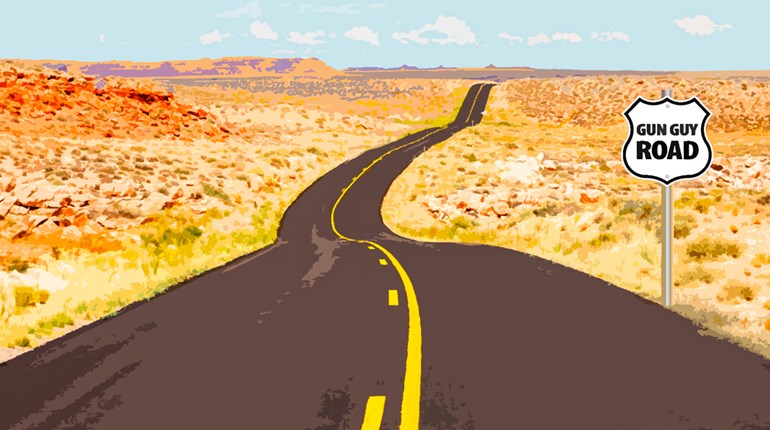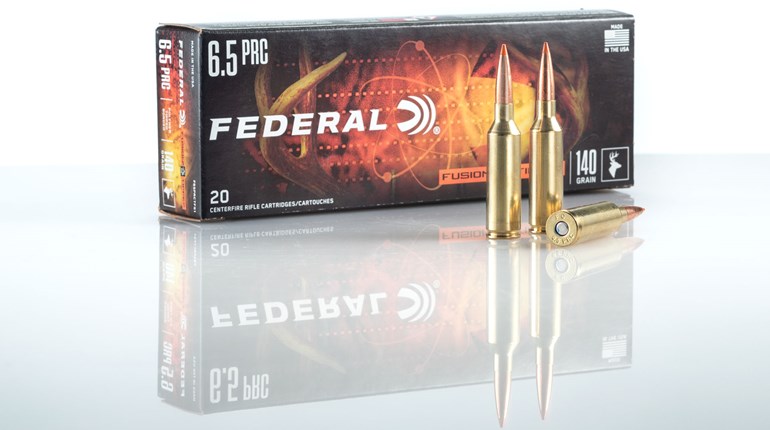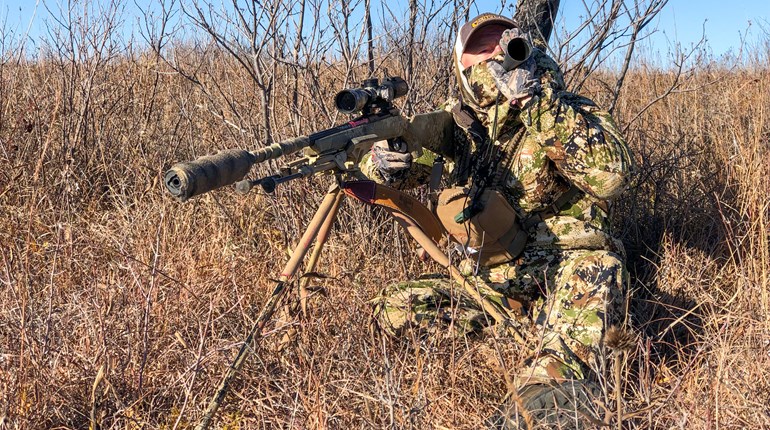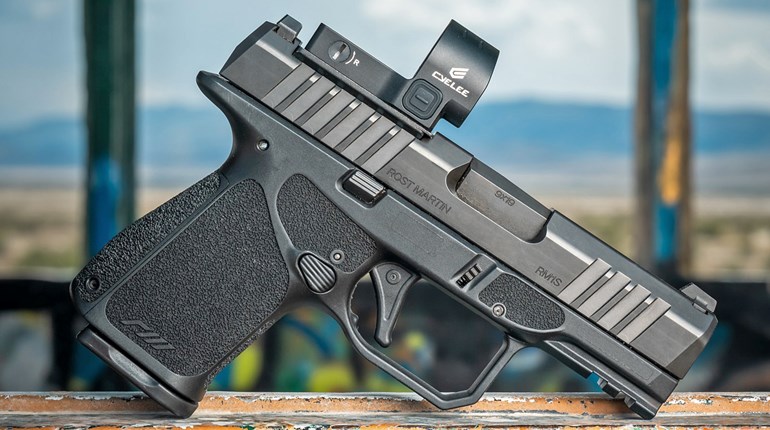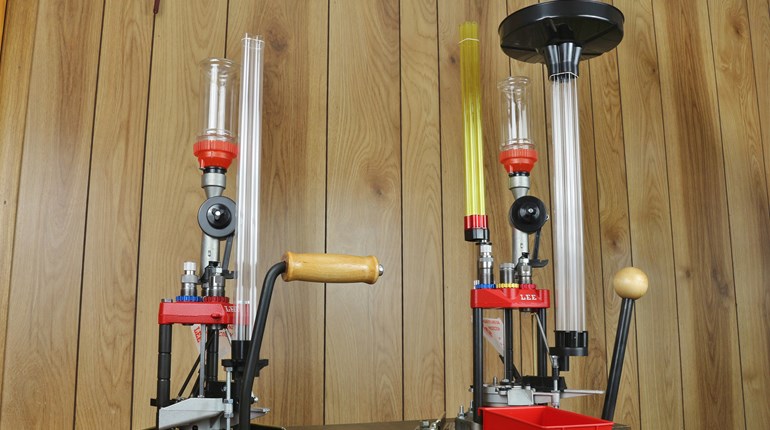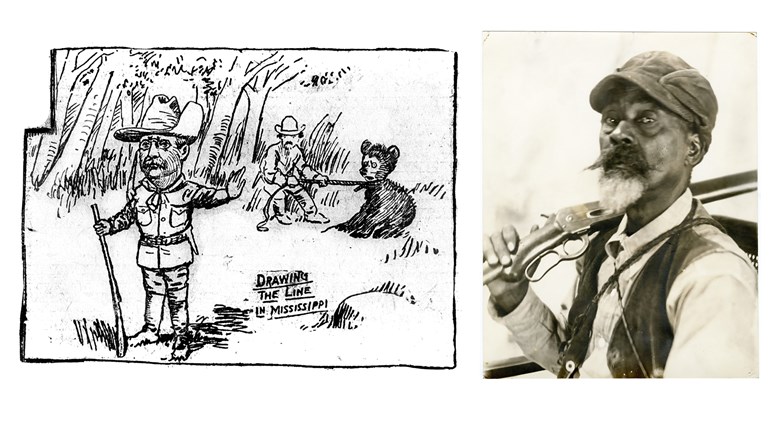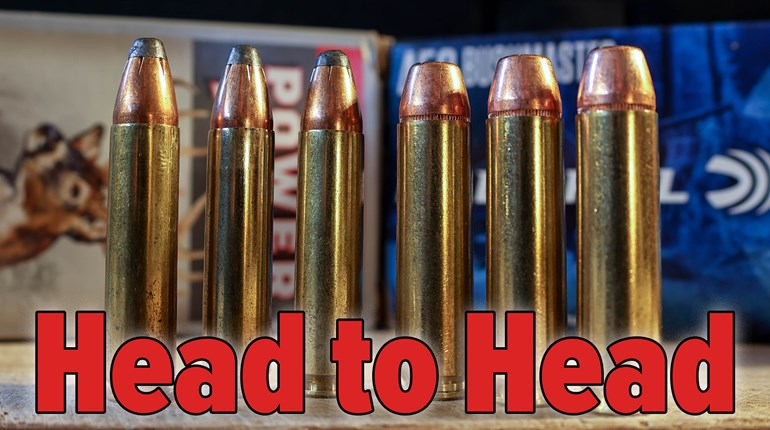
My uncle was building a new house deep in the woods and my dad was spending weekends doing the plumbing. So, the Stack twins, their dog and I tagged with him one cold Saturday to see what adventures we could find there.
There were brush piles all around the place left from clearing the land. My dad had told me to jump on them if I wanted to see a rabbit. With youthful impatience we were out the door before that old Willys even stopped, running down the rough driveway and leaping on top of the closest brush pile.
On the third or fourth bounce a cottontail ran out from under the brush pile. From a great distance of about 8 feet, I shot the rabbit in the back of the head with my Daisy BB gun. You might say it was lucky, but I lived with that gun and shot hundreds of BBs every week. I knew the moment I pulled the trigger that my shot was true. The impact from the little steel pellet caused the rabbit to do a flip in midair.

The Stacks’ dog was misnamed Frisky. She was, in reality, an overweight, arthritic, old mixed breed that finally caught up with us. She rounded the brush pile just as I shot and dove forward like a much younger dog, catching the rabbit mid-flip, just before he hit the ground.
My mom cooked the rabbit the next day, supplementing it with hamburgers and hot dogs for the others as one rabbit can’t feed that many people. But we “hunters” feasted on our spoils.
I suppose you could say that my first rabbit was with the assistance of a dog, although not in the traditional way. I have loved hunting rabbits with dogs ever since. The first was a nasty beagle owned by that same uncle. Named Ikey, the beagle would bite anybody who came near, unless you had food, then he would bite you after he ate. He was a total jack-wagon of a dog, but he could chase rabbits like no other.
After him, I got my own beagle named Barney, and we had a lot of adventures until he fought with a pickup truck and lost. I had another called Molson, named for his favorite drink. Like most drunks, he was never all that good at his job.
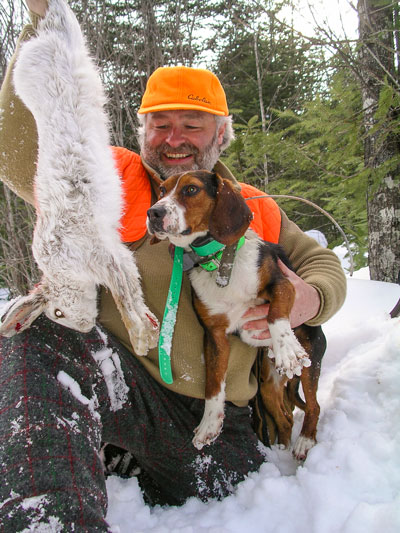
After that, life was too busy to keep a rabbit dog, and like Miss Blanche, I relied on the kindness of strangers. Some friends too—anybody with dogs who would let me tag along.
All the time, though, I hunted and shot a lot of rabbits without a dog as well. In Vermont where I live “rabbits” are white or brown. The white ones are varying hares that live in the higher country and brown rabbits are cottontail rabbits that live everywhere else. I realize that only one is a true “rabbit” but they are hunted much the same and we natives call them both rabbits.
Walking them up is probably the most practical way. It’s best with several hunters who can space out and walk in a line through the likely cover. The hunters walk slowly along, maintaining a line and force any rabbits ahead of them to break cover and run. The hunter should have his shotgun at the ready and be able to take a fast shot at the running bunny.

I also like to do this solo. I can’t cover as much ground, but I can make a piece of land last much longer. The key is to move slowly and silently. If the rabbit hears you coming from far away, he will break cover and run away. But if you are close when he first takes notice of you, he is just as likely to freeze where he is. That will let you approach much closer before he loses his nerve and makes a run for it. Close enough that a shotgun is effective.
This technique seems to work best with cottontails. They live in broken cover with a lot of brush and undergrowth. If they feel safe and are hidden from hawks and the like by overhead brush they will hold, often letting you move into their zone before breaking and making a run.
Snowshoe or varying hares live in the higher country and like thick evergreen trees for cover. It is my never-humble opinion that they are not as trusting as a cottontail and will often run at the first hint of a hunter. So stealth is key.
I remember the first hare I shot as well, when I was maybe 12. The snow was deep and we were on snowshoes. My dad stooped to look under an evergreen tree where the snow had pulled down the lower branches and trapped them, making an open chamber underneath. The snowshoe living there was startled and jumped past Dad and made a mad dash for safety. This was Barney’s first day on the job for white rabbits, and a few minutes later I managed to plug that bunny with my Ithaca single-shot lever-action 12-gauge.
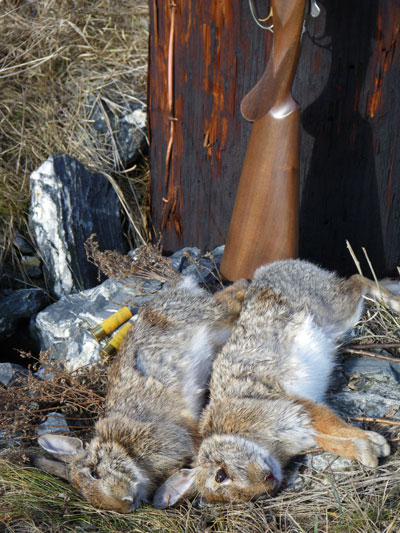
I have shot a lot of these hares by simply poking around as quietly as I can. Often they will be sitting on their “form” which is the rabbit version of a La-Z-Boy chair. Because they are white in the winter, they are very hard to see, except for that bright, black eye. That’s what you look for. The best conditions for this are with very soft, powder snow to muffle the sound of footsteps.
When we get a winter with little snow, the white rabbits stick out, as my dad would say, “like a cat turd in a Jonnie Cake” and are easy to see. But those brown years are noisy walking, so it’s a tradeoff.
This technique also works for cottontails. In the winter, brown rabbits are easier to see against the snow. The trouble is that they somehow know that and will tend to hide better. Still, they often can’t resist a chance to sit in the winter sun and warm up a bit, so you can catch them napping sometimes.
One of my favorite ways to hunt either species is to track them in a fresh snow. The best scenario is a light dusting that fell during the night and perhaps is still coming down at first light.
It is all but impossible to sort out any single track in a feeding area. So circle around until you find where the rabbit left the feeding grounds. Follow the tracks slowly and as quietly as you can. Keep your eyes moving at all times. Look for anything out of the ordinary, pieces and parts rather than entire rabbits. As I mentioned the eye is often the first thing you see. Or you might catch the shape of an ear, or maybe a movement as he twitches the ear. Once you see these things, a whole rabbit will usually form in your vision.
It isn’t just rabbits that have this trick. I was in some incredibly thick jess in Zimbabwe when I caught a little movement just a few yards from me. It turned out to be an elephant’s eye blinking. I stared until an entire elephant emerged just 15 yards from me.
If it’s that hard to see an elephant, imagine how difficult it is to see a much smaller rabbit. That’s the challenge.












